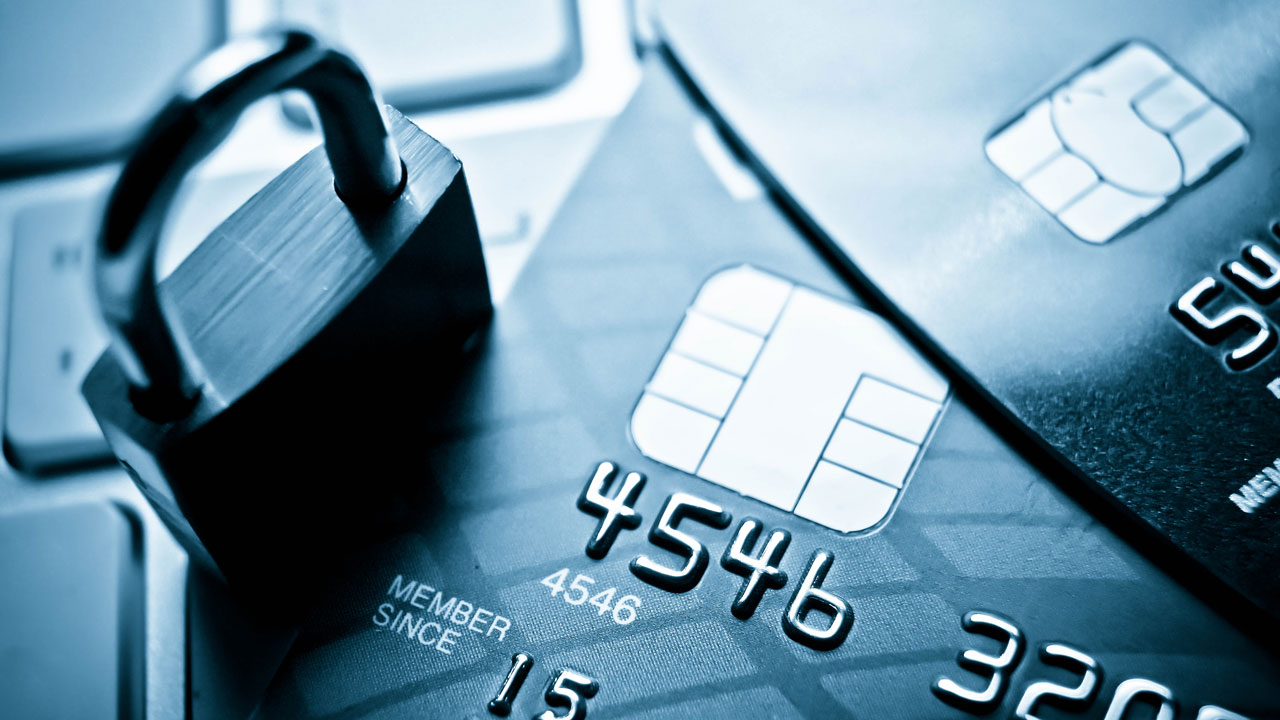Unsecured vs. Secured Credit Cards: What it means for merchants

There are two basic types of credit cards you’ll be processing as merchants: secured and unsecured. It’s important to know the distinctions between the two and how they apply to your target audience. This will help ensure your points of sale are compatible with the type of card your customers are using. At first glance, you won’t notice a difference between these cards, like at the point of sale. But the differences can be essential to understanding the inner workings of your processing and to optimize your billing.
UNSECURED CREDIT CARDS
Unsecured cards are by far the most common card on the market. They are not underwritten by the collateral of any kind, such as a cash deposit or possessions like homes or vehicles—hence the “unsecured” designation. The credit limit of an unsecured card is based on the issuing bank’s assessment of the cardholder’s ability to repay. This is determined by a variety of factors such as credit score, payment history, and debt.
SECURED CREDIT CARDS
Secured cards are basically prepaid cards, where the line of credit is tied directly to designated assets. Whatever is put forward, the credit limit is dollar-for-dollar; for example, if an asset or deposit is $500, then the card has a $500 line of credit. Secured cards are typically for entry-level consumers or those with distressed credit history.
IS THERE A DIFFERENCE?
Keeping the secured-vs-unsecured difference in mind can help you troubleshoot your transaction statements. You may hardly notice the difference when processing is running smoothly since both types of cards are offered by issuers and card associations. But when there’s friction, its sources may not be as obvious as fraud or false positives, and may require a deeper dive to figure out. If you’re seeing a lot of declines in your transactions, and your customer base is young or credit-challenged, you may need to adjust your pricing options and billing models to better accommodate secured cards. The difference isn’t so much in the card types but in the types of cardholders accessing your goods and services.







